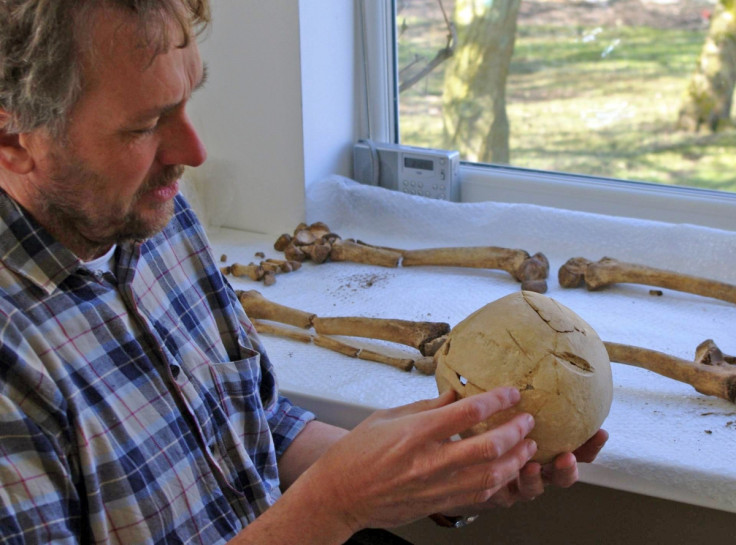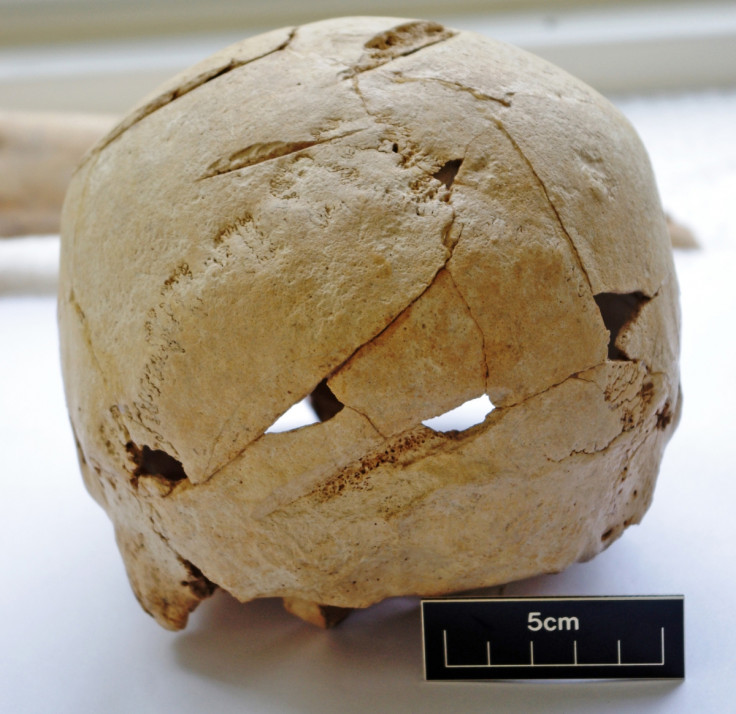First-Ever Surviving Skeleton from 1066 Battle of Hastings Found in Sussex

Archaeologists have confirmed that they have found the first-ever skeleton to have survived from the time of the 1066 Norman invasion.
"The skeleton is apparently unique in that it appears to be the only individual ever recorded which could be related to the Norman invasion," said University of York battlefield expert Tim Sutherland.
Skeleton 180 was dug up in 1994 from the site of the medieval hospital of St Nicholas Lewes in East Sussex.
The individual was at least 45-years-old when he died and had six sword injuries on the back of his skull. He was originally thought to be a casualty of the Battle of Lewes in 1264 as the site was adjacent to the battlefield.
However, following recent radiocarbon dating carried out by the University of Edinburgh, the skeleton has been found to date within a 28-year-period of 1063, meaning it is highly likely that he could have been involved in the battles associated with the Norman Invasion in 1066.
According to Edwina Livesey of the Sussex Archaeological Society, no skeletons have ever been found from the Battle of Hastings.
The Normans buried their dead in mass graves but none of these grave pits have been found.
There are records of the bones of the Anglo Saxons still visible on the hillsides near the battlefield years later, but there is also no archaeological evidence of these bones either.
Battle of Lewes
The Battle of Lewes in 1264 led to the downfall of Henry III, who was forced to cede his powers to Simon de Montfort, the 6<sup>th Earl of Leicester.

Although historians remain uncertain of the exact location of the battlefield on Offam Hill, we know that Henry III was encamped at St Pancra Priory and that his son Edward I commanded royalist forces at Lewes Castle 460m to the north.
However it is now believed that some individuals died violently when de Montfort's forces stormed the medieval hospital.
"Amongst the 103 excavated skeletons a handful of individuals had a traumatic death, though Skeleton 180 stood out," said Luke Barber, Research Officer for Sussex Archaeological Society and Co-director of the excavation that uncovered the skeleton.
"Reinterpretation of the Battle of Lewes by Professor David Carpenter had put the hospital at the epicentre of the fiercest fighting and the possibility existed that our individual fell at this time."
Although Skeleton 180 is two hundred years older, the archaeologists still think that the other skeletons could be from the Battle of Lewes.
"This could shed new light on what happened in Lewes at the time of the Norman invasion but further dating of the skeletons is needed," said Casper Johnson, Senior Archaeologist with East Sussex County Council.
"Other skeletons may come from a later period. We could be looking at a very complex picture."
© Copyright IBTimes 2025. All rights reserved.






















